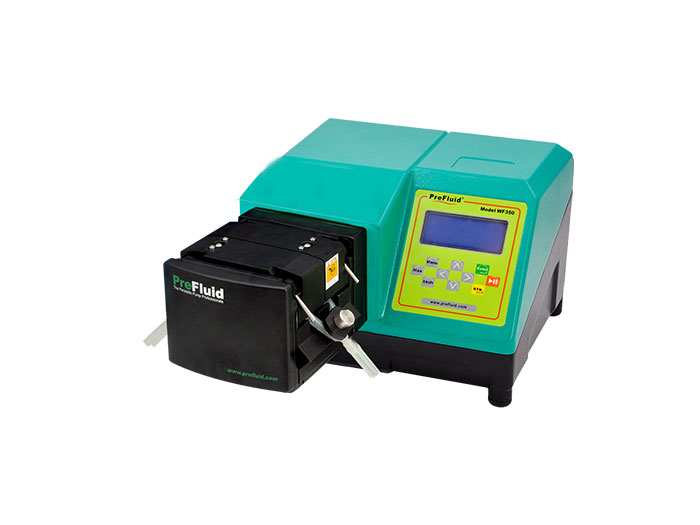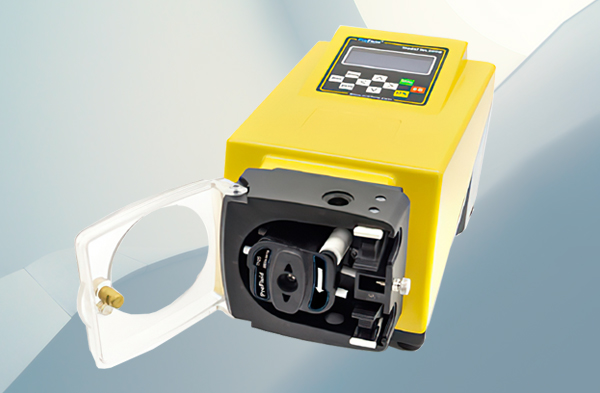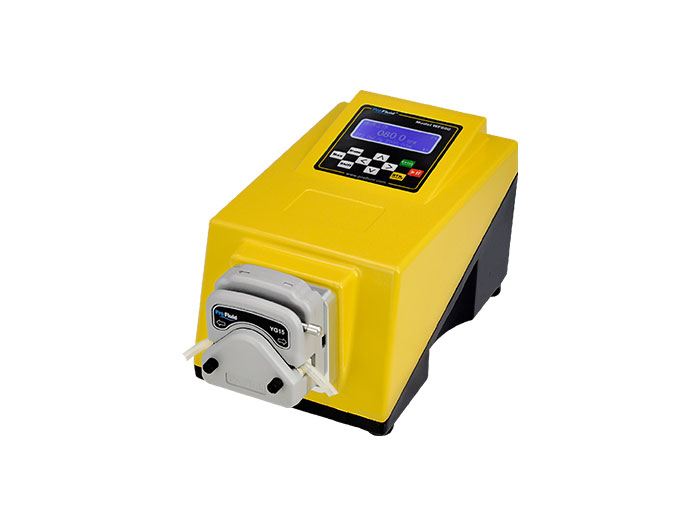Peristaltic pump is a common industrial pump, which has attracted many people's attention for its unique working principle and wide application fields. However, like all mechanical equipment, peristaltic pumps also fail and need to be repaired. This paper will introduce the methods, steps and precautions of peristaltic pump repair in detail. Whether you are a novice or an experienced technician, I hope this article has provided you with valuable information and practical guidance.
The first step in peristaltic pump repair is to determine the root cause of the problem. Common problems may include pump head blockage, pump tube wear, drive system failure, etc. Through careful observation and inspection, you can determine the specific parts that need to be repaired. Once the problem has been located, you can begin preparing the required materials and tools.
In the process of peristaltic pump repair, cleaning is a very important step. Clogged pump heads or clogged pump tubes can degrade pump performance or even cause the pump to fail altogether. The use of appropriate cleaners and tools, such as brushes or high-pressure water guns, can effectively remove the blockage and return the pump to normal operation.
Another common problem is the wear of the pump pipe. Pump tube wear may lead to the deterioration of pump sealing performance and even water leakage. Before making a repair, you need to check the wear of the pump tube and decide if it needs to be replaced. Depending on the material and the specific situation of the pump pipe, you can select the appropriate replacement parts and replace them. During the repair process, ensure that all connections are securely secured and handled with appropriate sealing materials.
In addition to the problems mentioned above, drive system failure is also one of the challenges that peristaltic pumps may face. The drive system usually consists of a motor, a reducer and a transmission device. If the pump does not work properly, check whether the motor is working properly, the reducer is damaged or the transmission is loose. Depending on the fault situation, you can choose to repair the motor, replace the reducer parts or adjust the transmission.
The maintenance and maintenance of peristaltic pumps is also an important part, which can help reduce the frequency of repairs and reduce costs. Regular cleaning of the pump head and pump pipe, check the operation of the drive system, and pay attention to the use of the pump environment and working conditions are the key to maintain the good operation of the peristaltic pump. In addition, timely replacement of worn parts and regular lubrication maintenance are also necessary operations.
To sum up, peristaltic pump repair is a complex and specialized process. Most common repair problems can be resolved by identifying the root cause of the problem, performing steps such as cleaning, replacing parts, and adjusting the drive system. However, for some serious failures, it may be necessary to seek the help of a professional technician. In any case, always follow the relevant safe operating procedures and ensure that the peristaltic pump is properly handled during repair.
Before concluding, I hope this article has provided you with detailed information and practical guidance on peristaltic pump repair. If you need further information or encounter more complex problems, please feel free to consult a professional. I wish you success in the peristaltic pump repair process!


